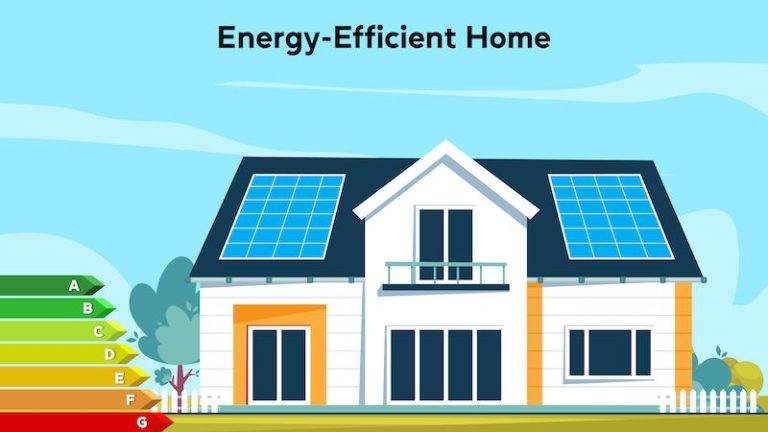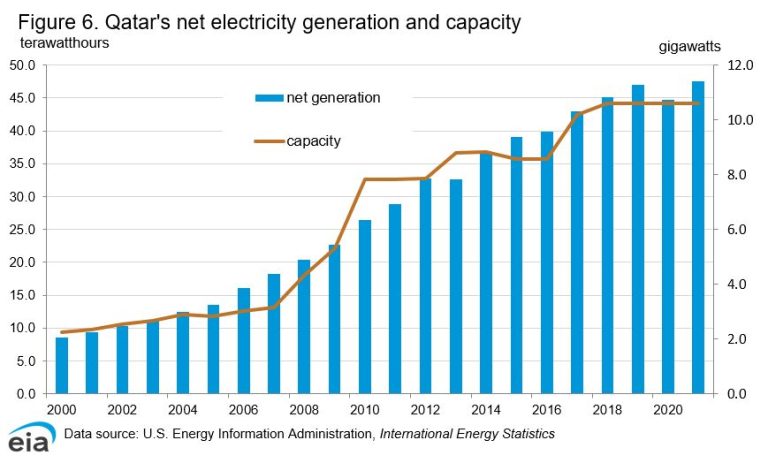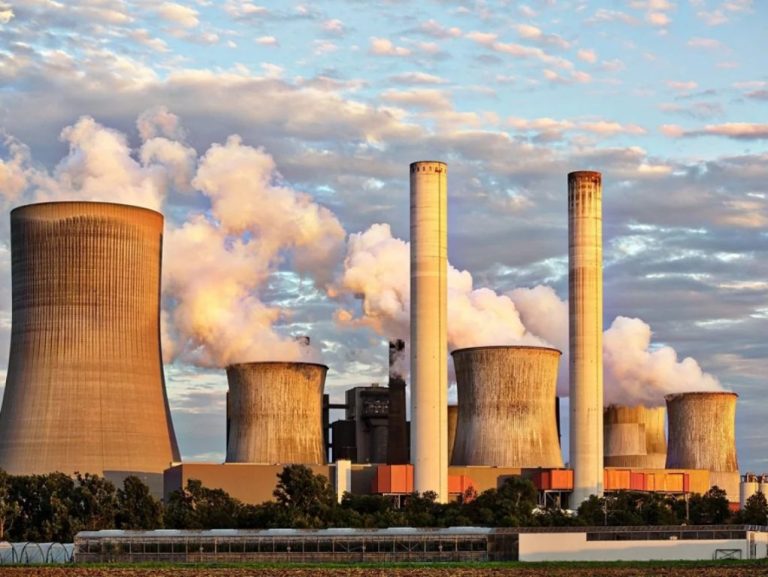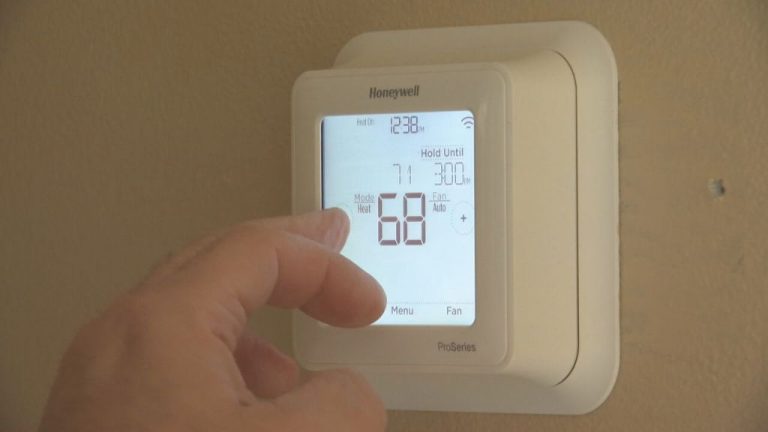What Is Use Less Energy?
What Does It Mean to Use Less Energy?
Using less energy refers to efforts made to reduce overall energy consumption by individuals, households, businesses, and organizations. The goal is to decrease the amount of electricity, natural gas, gasoline, diesel, and other energy sources utilized on a daily basis.
Using less energy is important for several reasons. Most notably, it helps conserve natural resources and protects the environment. Generating energy often relies on fossil fuels like coal, oil, and natural gas. The more energy used, the more these finite resources are depleted. Using less energy reduces dependence on fossil fuels and lowers greenhouse gas emissions linked to climate change.
There are many ways individuals and organizations can use less energy in everyday life. Simple strategies include turning off lights and electronics when not in use, adjusting thermostats to moderate temperatures, installing energy efficient appliances and light bulbs, reducing water consumption, limiting gasoline usage by walking, biking, or taking public transit, and much more. Governments and businesses also implement energy conservation policies, programs, and technologies.
Overall, using less energy is about being mindful of wasted resources and making smart choices to limit energy demands. Small actions by many people add up to significant energy savings and environmental benefits over time.
Benefits of Using Less Energy
Using less energy provides many advantages for households, businesses, and society as a whole. Some of the key benefits include:
Saves money on utility bills – When less energy is used for heating, cooling, lighting, appliances, and other needs, monthly expenditures on electricity, natural gas, and other fuels goes down. Over time, significant cost savings can accumulate from conservation habits and energy efficiency upgrades.
Reduces your carbon footprint – Most energy used in homes and businesses comes from fossil fuels like coal, oil, and natural gas. By conserving energy, less of these carbon-intensive resources need to be extracted and burned. This lowers a household or company’s carbon footprint.
Conserves natural resources – Less energy usage reduces the depletion of finite resources like oil, natural gas, and coal. It also reduces the environmental impacts of resource extraction and transportation. Using less energy is an effective way to conserve natural resources for future generations.
Improves energy security – With lower energy demand across the economy, a nation becomes less dependent on imported fossil fuels. This improves energy security and resilience. During global energy supply disruptions, an energy efficient economy is better equipped to handle shortages and price spikes.
Ways Households Can Use Less Energy
There are many simple ways households can reduce their energy consumption and help conserve resources. One of the easiest is to turn off lights when leaving a room or when they are not needed. Installing energy efficient LED lightbulbs can also help reduce energy use.
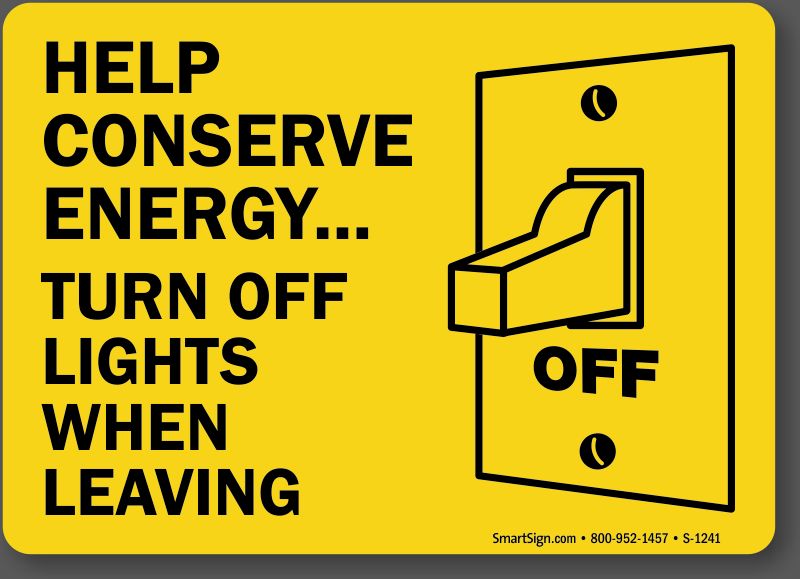
Using energy efficient appliances is another way households can cut down on energy consumption. When purchasing new appliances like refrigerators, washing machines, and dishwashers, look for models with the Energy Star seal of approval which indicates they meet strict energy efficiency guidelines. Replacing older appliances with new energy efficient models can lead to significant energy savings over time.
Adjusting thermostat settings is an easy way to use less energy for heating and cooling. Setting the thermostat just 2-3 degrees lower in winter and higher in summer can make a noticeable difference. Programmable thermostats allow households to customize temperature settings for when they are home versus away.
Unplugging devices and electronics when not in use cuts down on “phantom” energy loss. Chargers, gaming consoles, televisions and other gadgets continue drawing a small amount of power when plugged in. Getting in the habit of unplugging them or using power strips makes it easy to cut this energy waste.
Using cold water cycles for laundry and washing dishes saves energy used to heat the water. Letting dishes air dry rather than using the heated dry cycle on a dishwasher also conserves energy. Washing full loads of laundry and dishes helps maximize efficiency.
Opening windows instead of constantly running air conditioning is an easy way to save electricity. Fans can also help circulate fresh air on cooler days. Keeping windows closed and blinds drawn during the hottest part of the day in summer can minimize the need for air conditioning.
Replacing aging appliances with new energy efficient models can lead to major energy savings. Prioritizing the replacement of old refrigerators, dishwashers, furnaces and other major appliances with Energy Star rated alternatives generates the most significant and lasting reductions in home energy use.
Ways Businesses Can Use Less Energy
Businesses can take various steps to reduce their energy usage and save money. One of the easiest ways is to switch to LED lighting, which uses at least 75% less energy than incandescent lighting. LEDs also last much longer, lowering maintenance and replacement costs.
Installing motion sensors is another simple way for businesses to cut lighting costs. The sensors automatically turn lights on and off based on detecting motion, so lights aren’t left on in empty rooms. Strategically placing motion sensors in warehouses, conference rooms, breakrooms and other spaces can lead to big energy savings.
Replacing old equipment and appliances with Energy Star certified models can also yield major efficiency improvements. Energy Star equipment meets strict energy efficiency guidelines set by the EPA. Items like computers, monitors, printers, water coolers and HVAC systems use much less energy when Energy Star certified.
Enabling power management settings on computers and monitors also helps curb energy waste. Settings can be enabled to automatically put devices in sleep mode when not in use.
Improving insulation and sealing air leaks helps businesses reduce energy loss from heating and cooling. Ample insulation in walls, floors, ceilings and attics acts as a temperature barrier. Caulking and weatherstripping around windows, doors and other openings prevents drafts.
For maximum energy savings, businesses may consider upgrading older HVAC systems with state-of-the-art high efficiency models. Newer systems better regulate temperature while using far less energy. Heat pumps, smart thermostats and zone control systems help create the optimal environment while slashing energy bills.
Government Policies to Promote Energy Conservation
Governments at all levels have implemented a variety of policies aimed at reducing energy consumption and promoting more efficient energy use. These policies provide incentives, guidelines and regulations to help households, businesses and other organizations transition to more sustainable energy behaviors.
Some of the key government policies that promote energy conservation include:
Building Codes
Governments often set building codes and standards that require new buildings to meet certain energy efficiency requirements. For example, buildings may need to have a minimum level of insulation, utilize energy efficient windows, or install programmable thermostats.
Appliance Efficiency Standards
Minimum energy performance standards for appliances help promote the manufacture and purchase of more efficient models. Common appliances covered include refrigerators, washing machines, dishwashers, air conditioners and water heaters.
Rebates and Tax Incentives
Tax credits, rebates and other financial incentives can encourage households and businesses to purchase energy efficient equipment or make energy saving upgrades. These may cover insulation, solar panels, electric vehicles, smart thermostats and more.
Public Transportation Funding
Investing in public transportation infrastructure and operations promotes energy conservation by reducing private vehicle usage. Funding expands access to buses, trains, light rail and other shared transit options.
Education and Awareness Programs
Outreach campaigns, energy audits, labeling schemes and other initiatives raise awareness about energy conservation opportunities. This empowers both individuals and organizations to make more informed choices to reduce energy usage.
Overcoming Barriers to Using Less Energy
While reducing energy use has many benefits, transitioning to lower-consumption lifestyles and practices faces some common barriers that can be overcome with proper planning and execution.
One major barrier is the high upfront costs associated with energy-efficient equipment and technology. Installing things like solar panels, insulation, and energy-saving appliances can require significant initial investment that may deter households and businesses. However, energy efficiency loans and rebates can help offset these costs over time through utility bill savings.
Lack of information is another obstacle, as people may not know which solutions will be most impactful for their situation. Providing customized guidance and energy audits can empower individuals and companies to identify the best conservation strategies tailored to their needs and priorities.
Overcoming old habits and behaviors around energy use presents a cultural and behavioral challenge. Strategies like energy-saving competitions, feedback mechanisms, and community engagement can spur the shifts in attitudes and actions needed to normalize energy conservation.
Apathy about impacts also plays a role. Connecting energy savings to positive environmental, economic, and social outcomes can counteract indifference and instill a sense of collective responsibility.
Case Studies and Examples
There are many real-world examples that showcase the powerful impact of reducing energy usage. Here are a few compelling case studies:
empire state building
When the Empire State Building underwent an energy efficiency retrofit, the changes made reduced the building’s energy use by 38%. Upgrades included insulating radiator pipes, installing new windows, and updating heating and cooling systems.
These changes helped make the Empire State Building one of the most efficient office buildings in the U.S. The project cost $13 million but is saving nearly $4 million in energy costs annually.
San Francisco International Airport
San Francisco International Airport (SFO) set ambitious goals to become the world’s first zero net energy airport by 2021. Through upgrades like more efficient lighting, water fixtures, heating and cooling systems, and a large on-site solar installation, SFO reduced its energy usage by 33% in 10 years.
In 2016, SFO produced enough on-site renewable energy to meet 100% of its power needs, achieving its zero net energy goal 5 years ahead of schedule.
Toyota Manufacturing Plants
In 2003, Toyota set a goal to reduce energy usage at its manufacturing plants by 12% over 5 years. Toyota identified efficiency opportunities, installed energy-saving equipment, changed lighting, optimized HVAC systems, and engaged employees in energy initiatives.
Through these efforts, Toyota exceeded its target and reduced energy usage at its plants by over 15% in just 3 years. This saved over $25 million in energy costs annually.
Global Trends in Energy Conservation
Around the world, countries have implemented various policies and initiatives aimed at promoting energy conservation and reducing energy consumption. Some notable global trends in energy conservation include:
Increased adoption of renewables – Many countries are rapidly increasing their use of renewable energy sources like solar, wind and geothermal. These clean sources of energy help reduce reliance on fossil fuels. Global renewable energy capacity grew at its fastest rate in two decades in 2019.
Growth in green building practices – There has been a major push towards more sustainable building design and construction. Principles like passive solar design, natural lighting and ventilation, high-efficiency HVAC systems, smart lighting controls and energy-saving appliances are becoming more widely adopted.
More efficient vehicles and transportation – Vehicle fuel economy standards are rising in many countries. Electric vehicles are also seeing massive growth around the world. Investments in public transportation and shifts towards walking, biking and carpooling also promote efficiency.
The Future of Energy Conservation
Looking ahead, emerging technologies and policy shifts are expected to enable even greater energy efficiency and conservation.
Smart meters and microgrids allow two-way communication between utilities and customers, providing real-time feedback on energy use. This empowers consumers to adjust behaviors and make informed choices to conserve energy. Widescale deployment of smart meters could reduce peak demand and enable optimized power distribution.
Artificial intelligence and automation will also open new opportunities for energy savings. Machine learning algorithms can crunch vast amounts of data to optimize energy systems and identify inefficiencies. Smart home devices already use AI to automate and schedule power usage.
On the policy front, governments are mandating stricter efficiency standards for buildings and appliances while providing incentives for conservation. Many jurisdictions are transitioning to performance-based rate structures that reward customers for using less energy during peak times. Bold climate action plans are spurring investments in renewable energy, electrification of transport, and more resilient grids.
With the right technologies, policies, and social commitment, the future is bright for realizing immense energy savings through conservation and efficiency.
Conclusion and Summary
In this article, we have explored what it means to use less energy and the many benefits it provides. Reducing energy usage not only helps the environment, but also saves money for households and businesses. We looked at the various ways families can conserve energy through simple changes like switching to LED lights, using energy efficient appliances, and adjusting thermostats. Businesses can also implement energy savings through telecommuting policies, equipment upgrades, and green building design.
Governments play a role in promoting energy conservation through funding, regulations, and educational campaigns. But individual actions are just as important. By being mindful of our energy usage and making smarter choices, we can all contribute to building a more sustainable future.
To learn more about reducing your energy consumption, check out these helpful resources:
- Department of Energy – Energy Saver 101: https://www.energy.gov/energysaver/energy-saver
- Energy Star – Save Energy at Home: https://www.energystar.gov/campaign/home
- Find Energy Conservation Programs: https://www.usa.gov/energy-assistance
By working together and making small changes, we can build a cleaner energy future.

